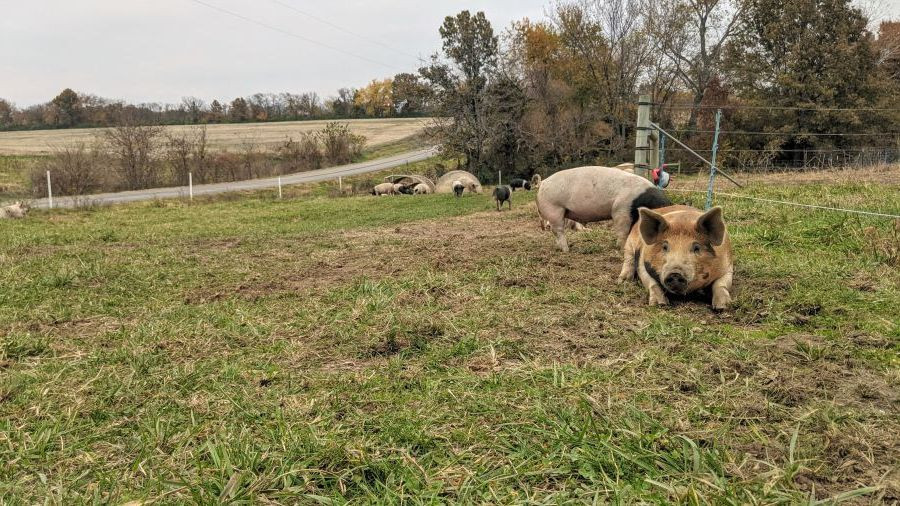Thawing a Turkey in Less Than 12 Hours - the Cold Water Method
posted on
November 18, 2023

You are here because you either...
a) got a frozen turkey two days before Thanksgiving, or
b) forgot to thaw your turkey out.
The good news is- you still have time! (Unless you are reading this the day of Thanksgiving. 🤷♂️)
How to Quickly Thaw a Turkey Using Cold Water
The goal is to thaw your turkey while keeping it below 40* F as much as possible, and not let it get above 40* F for more than 4 hours. Any of the following methods take approx. 30 min per pound, meaning a 16 lb turkey takes roughly 8 hours. There are two safe and effective ways to do this.
In a Sink, Bathtub, or Bucket
By using a constant stream of cold water, you can "set it and forget it", while ensuring that your turkey thaws safely.
Place your turkey in a sink or bathtub, or in a bucket outside, and use your faucet or garden hose to run a stream of cold water over it until completely thawed.
In a Cooler or Large Pot
Place your turkey in a cooler, stock pot, or other large container, and add enough cold water to completely cover the turkey. Change the water every 30 minutes, or as it gets above 40* F, until your turkey is thawed.
Once your turkey is thawed, cook immediately or keep in the lowest section of your fridge.
How Long Will a Thawed Turkey Last in My Fridge?
Depending on where you get your turkey, it can last from 1-10 days thawed in your fridge.
Turkeys only have so many "thawed days", so if you buy your turkey from a supermarket where it has already been thawed on the shelf for a while, you will only get 1-2 days of thawed time in your fridge.
But when you purchase your turkey from David's Pasture, your thawed turkey can safely keep in your fridge for up to 10 days, since we flash freeze and store them below 0* F.
All of our turkeys are butchered just a month before Thanksgiving to guarantee maximum freshness, which is just one of the reasons people prefer a Pasture-Raised Turkey from David's Pasture.
If you have additional tips for thawing or storing a Thanksgiving turkey, please comment below.
Have a wonderful Thanksgiving!
Your farmer,
Remington Kesten



